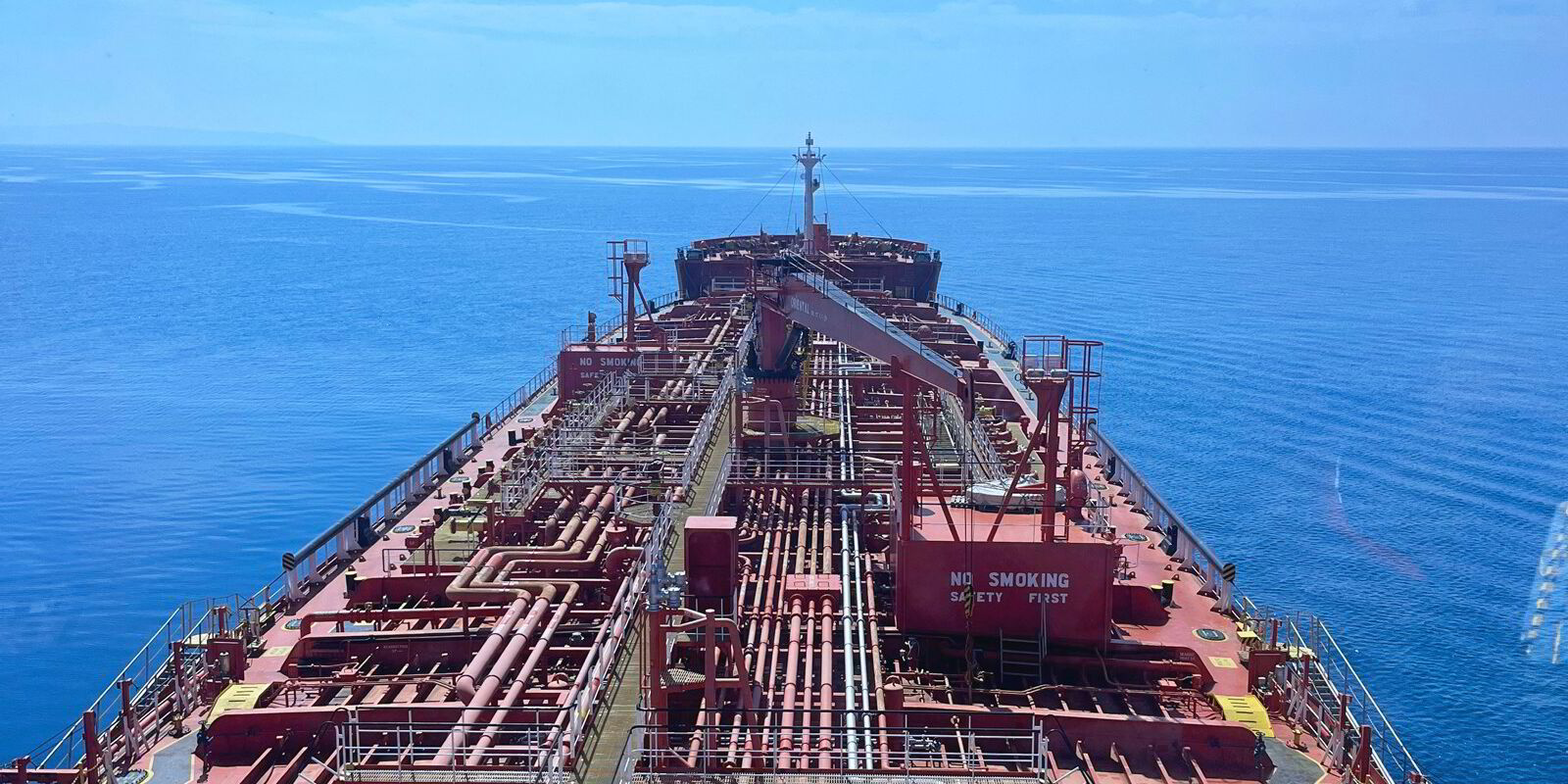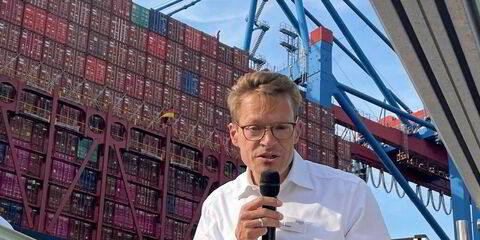BRS Group has questioned the sustainability of a boom in Asian MR tanker rates as the Atlantic basin market is tipped to make a comeback.
The shipbroker said that so far in June, the smaller product carrier size has outperformed larger LR1s in terms of spot rates.
And average earnings of $50,000 per day East of Suez compared favourably with $45,000 per day in the Atlantic basin for MRs.
BRS expects the trend to be maintained in the short term but argues that a reversal could be likely when a “new wave of inefficiencies” from Cape of Good Hope reroutings emerges early in the third quarter to benefit the bigger ships more.
Intra-Asian clean product business is absorbing MRs ballasting to the region currently.
This market has also been boosted by the resumption of Russian naphtha exports, which were running at a more-than-12-month high in May at 459,000 barrels per day, according to ship tracking data.
MR tankers heading from the US Gulf to Europe and South America, however, have seen their rate surge end, BRS said.
Inefficiencies triggered by Panama Canal disruptions are past their peak as transits rise, the broker pointed out.
But Atlantic hurricane season could increase disruption, hitting ship supply and possibly moving Atlantic rates above those in the Pacific.
Timing will depend on the ultra-low sulphur diesel price arbitrage into Europe, BRS believes.
Negative arbitrage
This has turned negative for the first time since October 2023 as freight rates rose and European prices weakened.
This will probably reduce US exports to Europe over the next few weeks, the broker added.
On Monday, TradeWinds reported UK broker Gibsons as saying that diesel and jet fuel exports from Nigeria’s big new Dangote refinery could find a natural home in Europe.
But it warned that many of these barrels will be backhaul cargo into Europe for tankers that will continue to move products into the rest of West Africa, so essentially not adding much new vessel demand.
“Furthermore, if we do indeed see Dangote trading into Europe, then East of Suez/Europe flows could come under downward pressure, and that will have a more profound effect on the overall clean tanker market due to the distances travelled,” Gibsons said.




